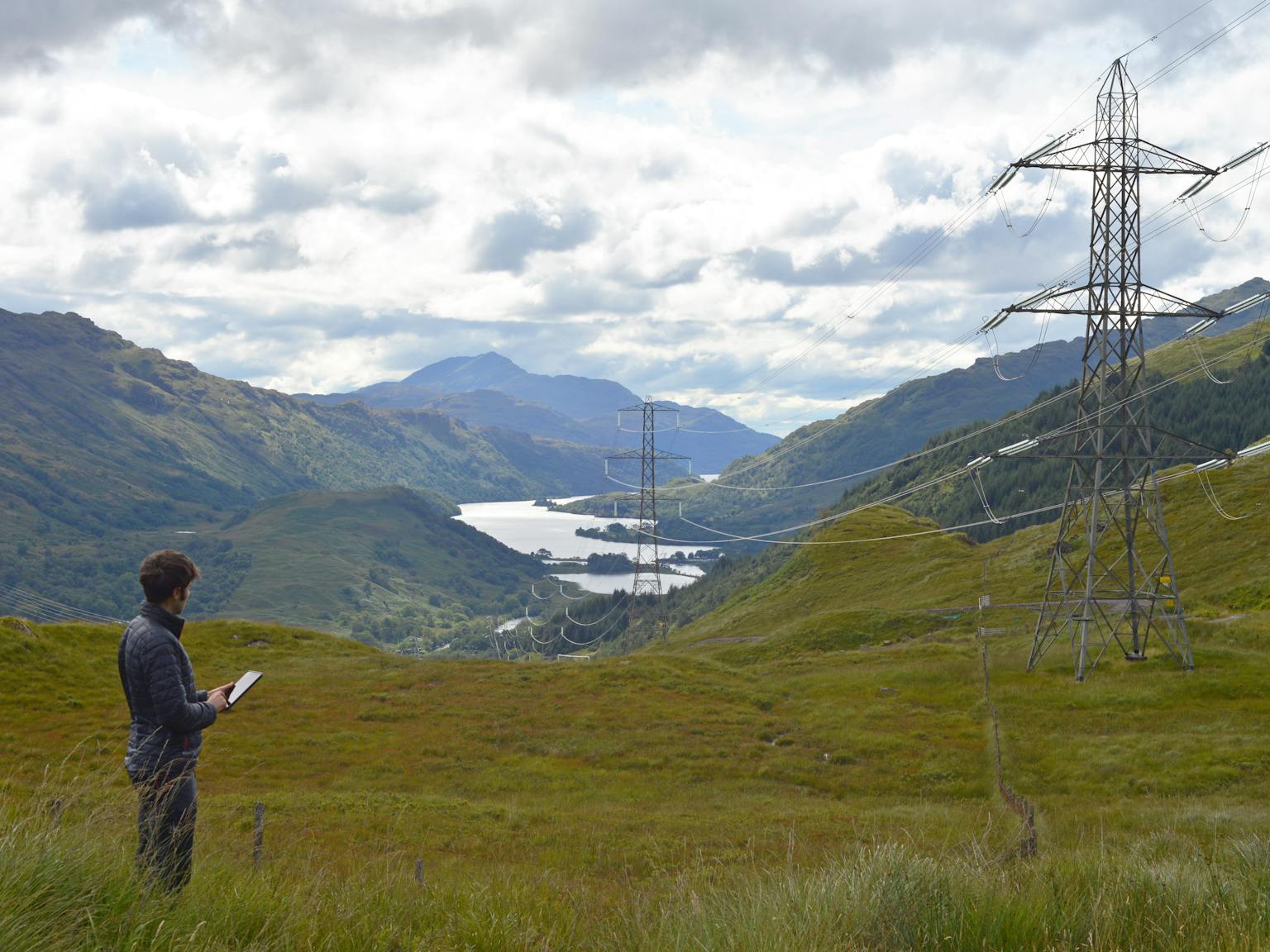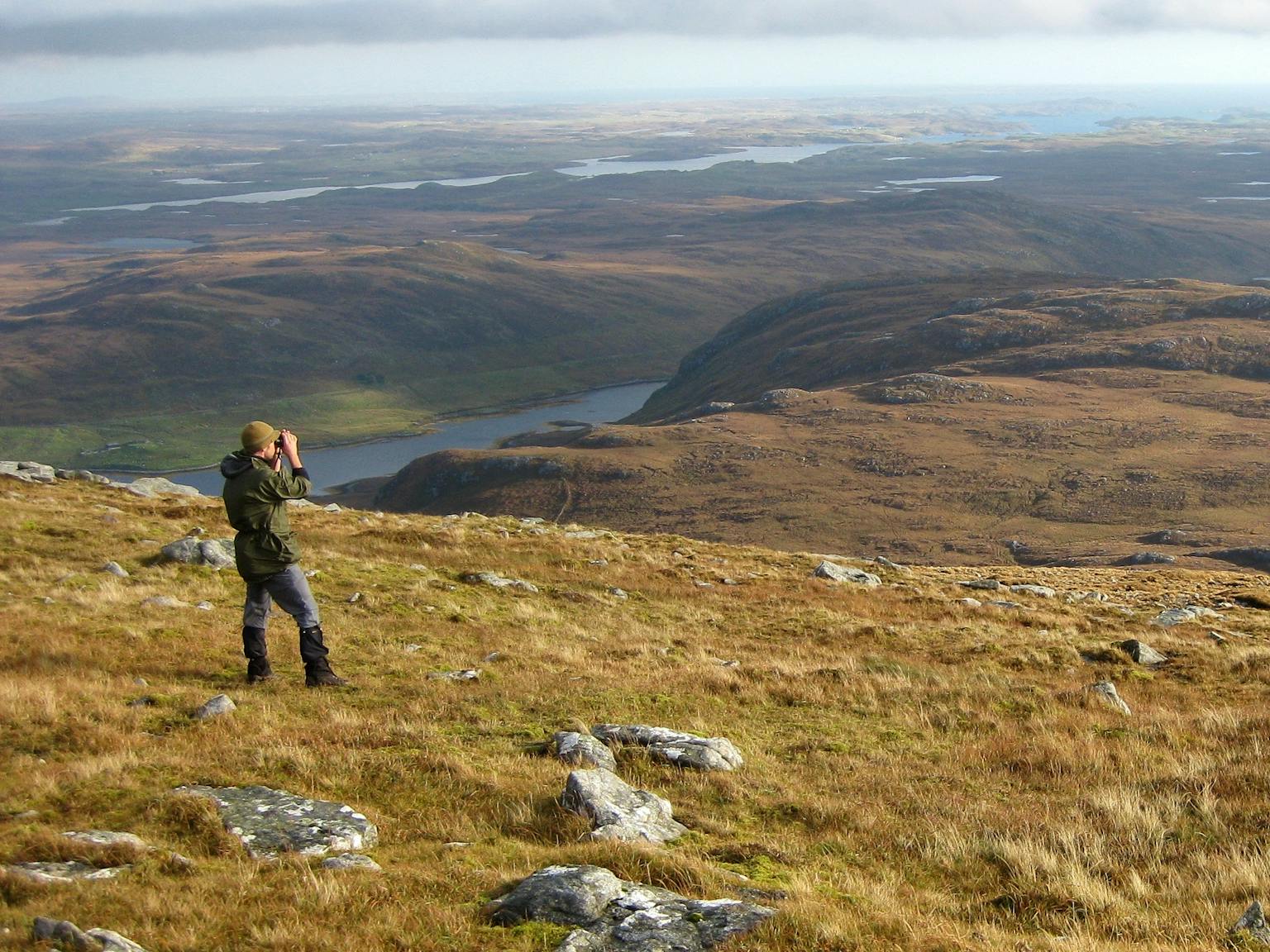
Defra Nature Recovery Green Paper summary of findings
This week saw the launch of a consultation on the government’s Nature Recovery Green Paper and a suite of supporting documents, including proposed long-term environmental targets that are a cornerstone of the Environment Act 2021.
The proposed targets cover water quality and availability, air quality, biodiversity, and resource efficiency and waste reduction, including:
- improving the health of rivers by reducing nutrient pollution and improving water use efficiency
- reducing permitted level of exposure to the most harmful air pollutant to human health – PM2.5 – by over a third compared to 2018 levels
- a legally binding target for species abundance by 2030 with a requirement to increase species populations by 10% by 2042.
The UK public now views the climate and ecological crisis as one of the top issues facing the country, and this is increasingly reflected in local government and private sector priorities. At LUC, we are determined to make an impact, through our work for clients and our internal actions. We are therefore keeping a very close eye on this emerging environmental regulation, taking opportunities to influence it and staying at the forefront of emerging practice.
This week, we focus on one particular issue addressed by the Nature Recovery Green Paper and its supporting documents, the emerging changes to Habitats Regulations Assessment.
White paper: A first look at proposed changes to Habitats Regulations Assessment
Further information about Strategic Planning & Assessment and Ecology at LUC.










